Saitama is a city of roughly 1.2 million inhabitants located in the Kanto region of Japan, near the eastern coast of the country’s main island. While some form of the name Saitama can be traced back more than 1,200 years, the modern city was established in 2001 as part of political reconsolidation of several existing municipalities. The city serves as the capital of Saitama prefecture, fulfilling a role much like Richmond within Virginia.
Unlike Richmond, Saitama does not define it’s own metropolitan region. Instead, it lies within the greater urban sphere of Tokyo. As such, many of its residents commute to Tokyo for work. The area’s comparatively affordable residential square meterage and proximity to Tokyo has turned the entire prefecture into a bedroom community. Still, Saitama is home to a growing internal economy. Many service sector jobs, which account for the majority of employment, are clustered around the city’s urban core, Omiya Station.
As in most Japanese cities, rail infrastructure has been a dominant force in shaping Saitama. Omiya Station has served as the area’s central rail transit hub since 1885. It now unites city bus and rail functions with pedestrian and bicycle amenities. The station’s periphery is the most densely built section of the prefecture with numerous office towers, department stores, and cultural buildings. Omiya station is also a hub for inter-city rail including one of Japan’s well known bullet train routes. This integration of inner and inter-city transit with a variety of mixed-use and pedestrian oriented urbanity is similar to what many in Richmond envision for Main Street Station. Our Sister City serves as a relevant example of how to address our own sustainable transportation planning challenges.
Saitama’s population growth and modern infrastructure has not been at the expense of its history which continues to define its character. Many of Saitama’s most important traditional sites are located just to the north east of the city center. The Omiya Bonzai Village is home to numerous workshops, a shopping street, and a museum, all dedicated to this ancient botanical art form. The area is anchored by the Hikawa Shrine, a large religious complex dating back to 473 B.C.E..
The interaction between history and modernity, or perhaps the line between them, is an issue faced by Richmond and Saitama. So are sustainability, transit, and land use. No doubt, each city would benefit from an examination of the other. Richmond’s status as Saitama’s Sister City affords that very opportunity.
The two cities currently operate an exchange for students and teachers, as well a little league baseball tournament which has been running for nearly 20 years. More information about the partnership can be found on the City Council’s website.
D.OK.
Photographs by author

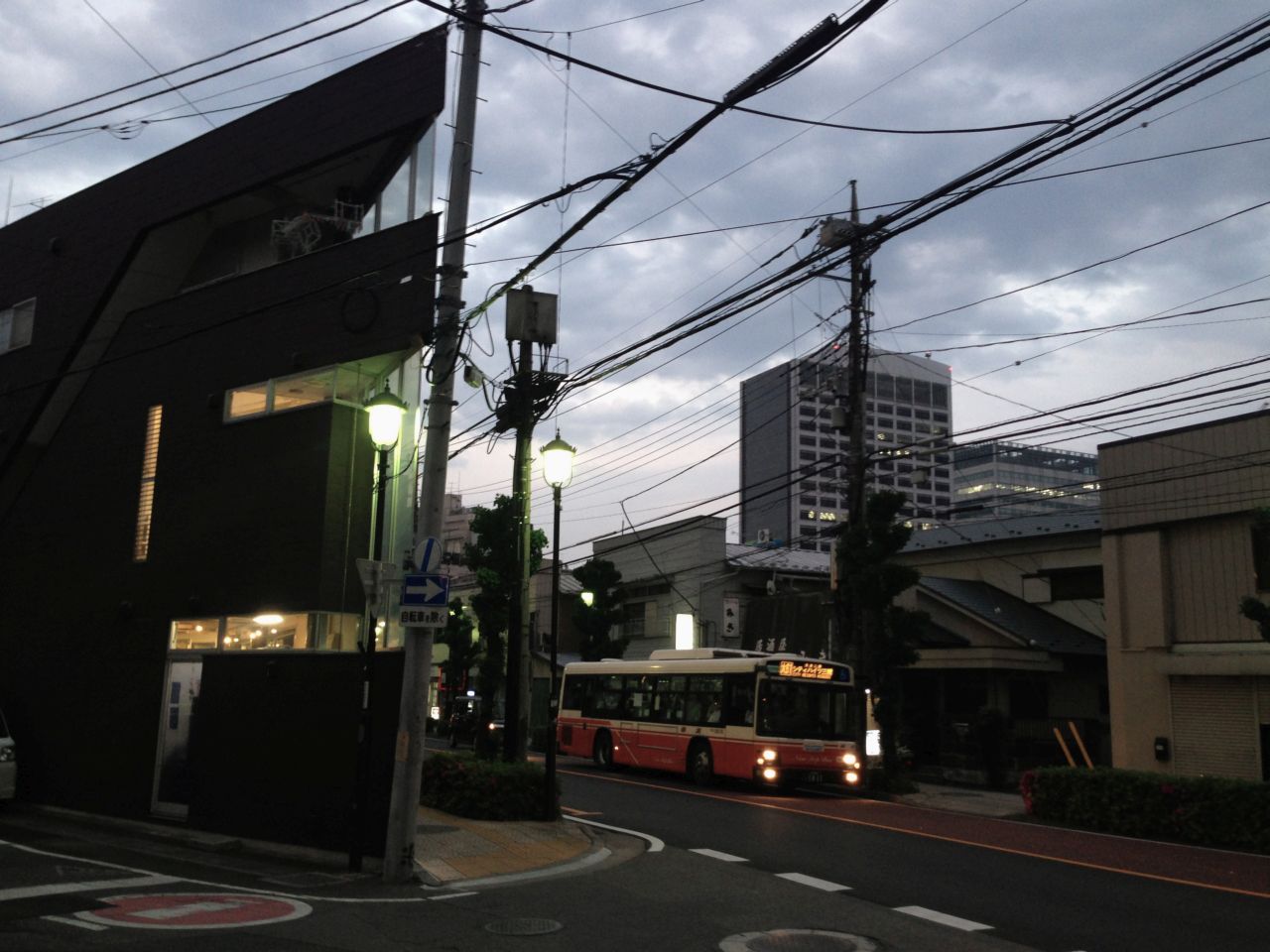

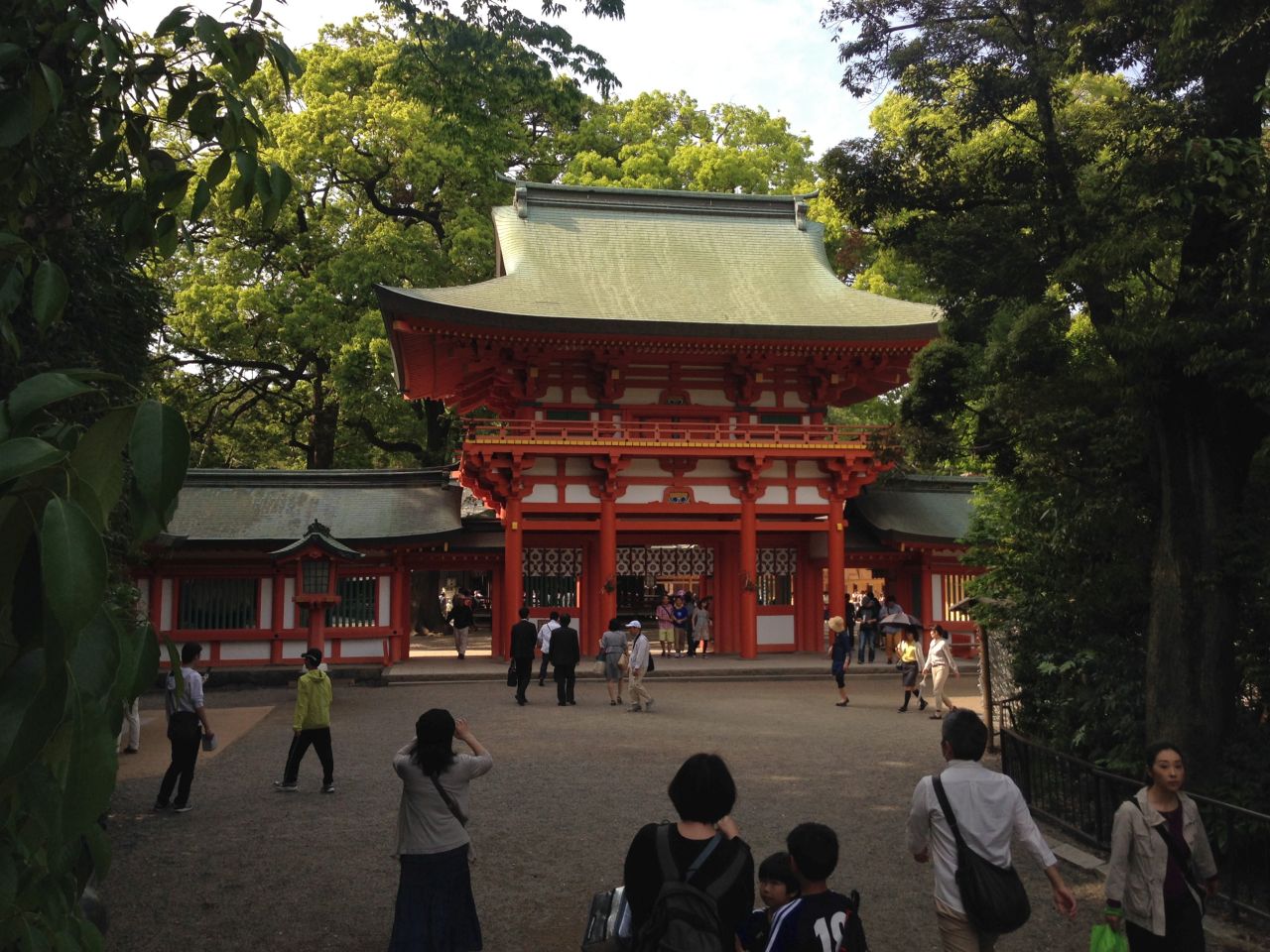
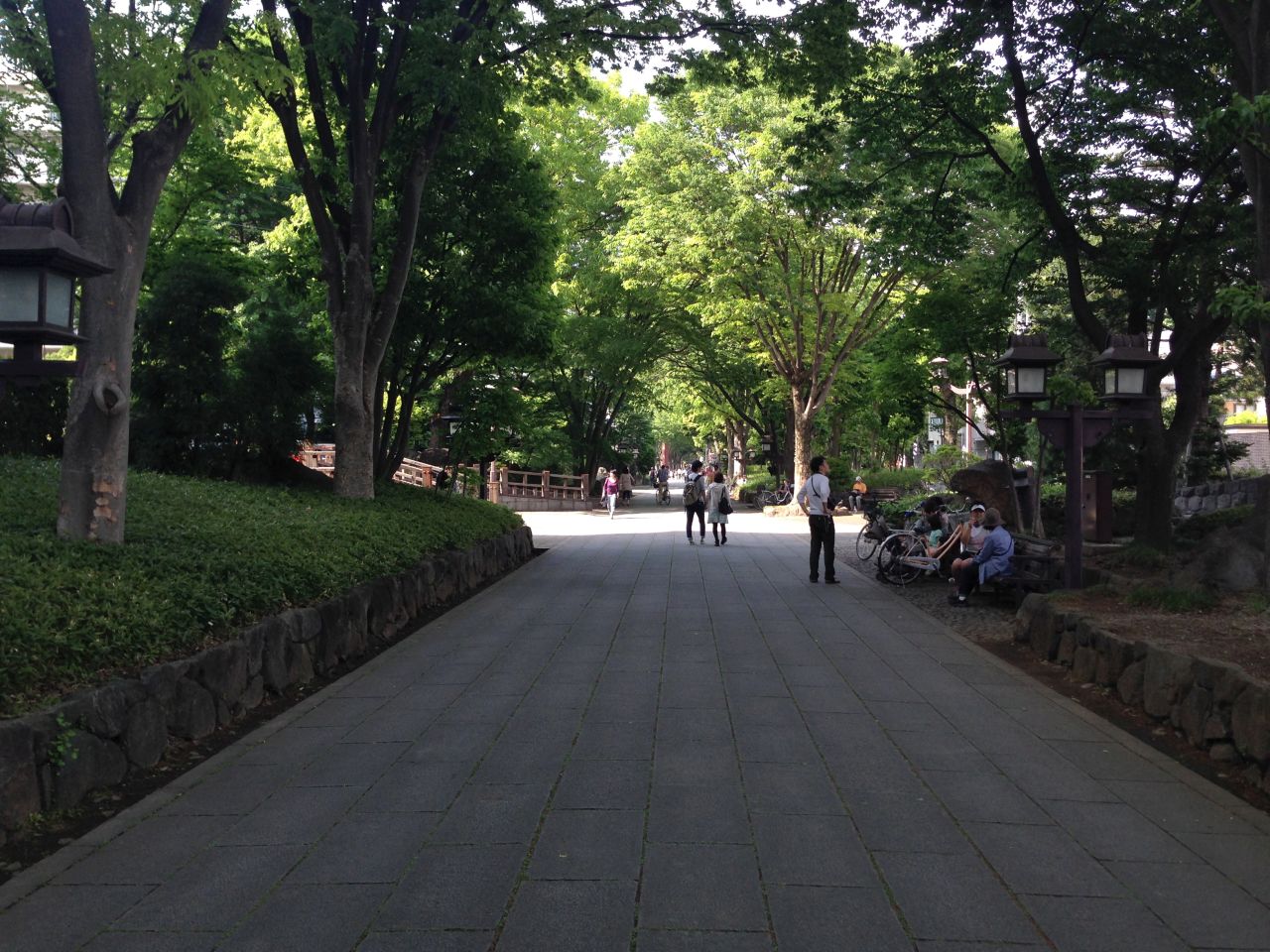

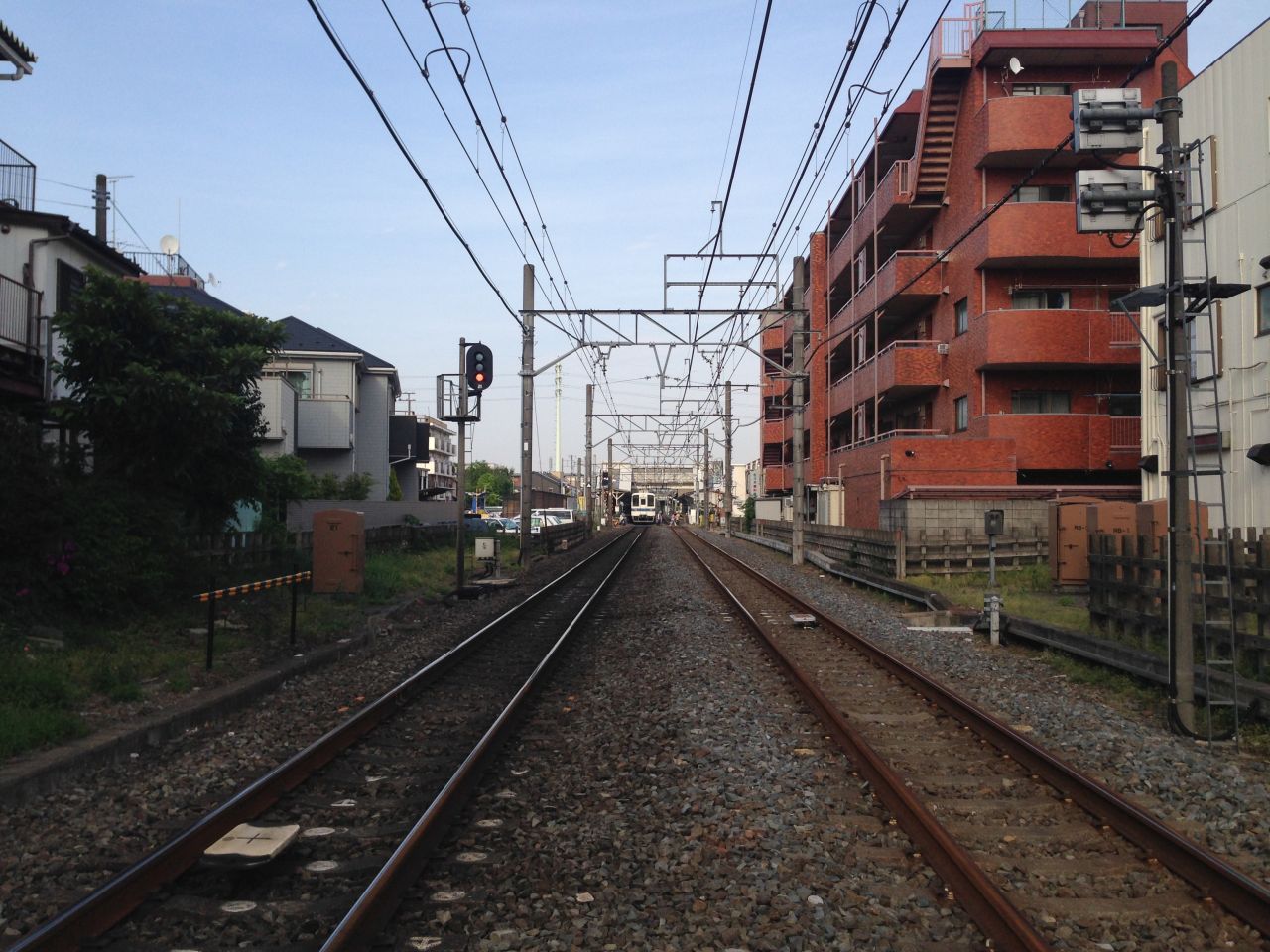
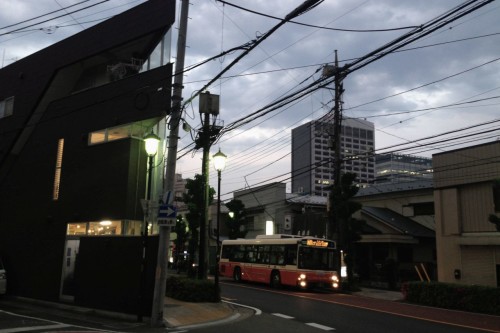
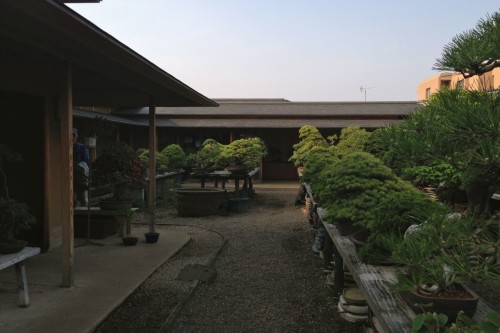
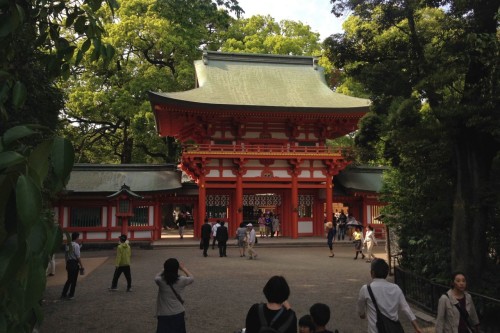
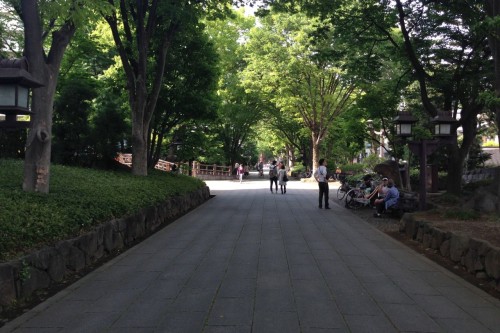
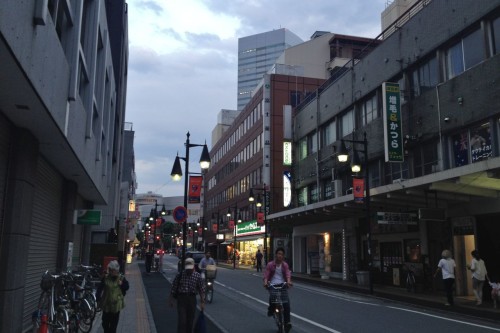
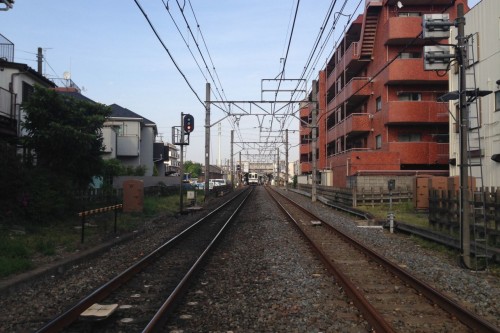
Write a Comment